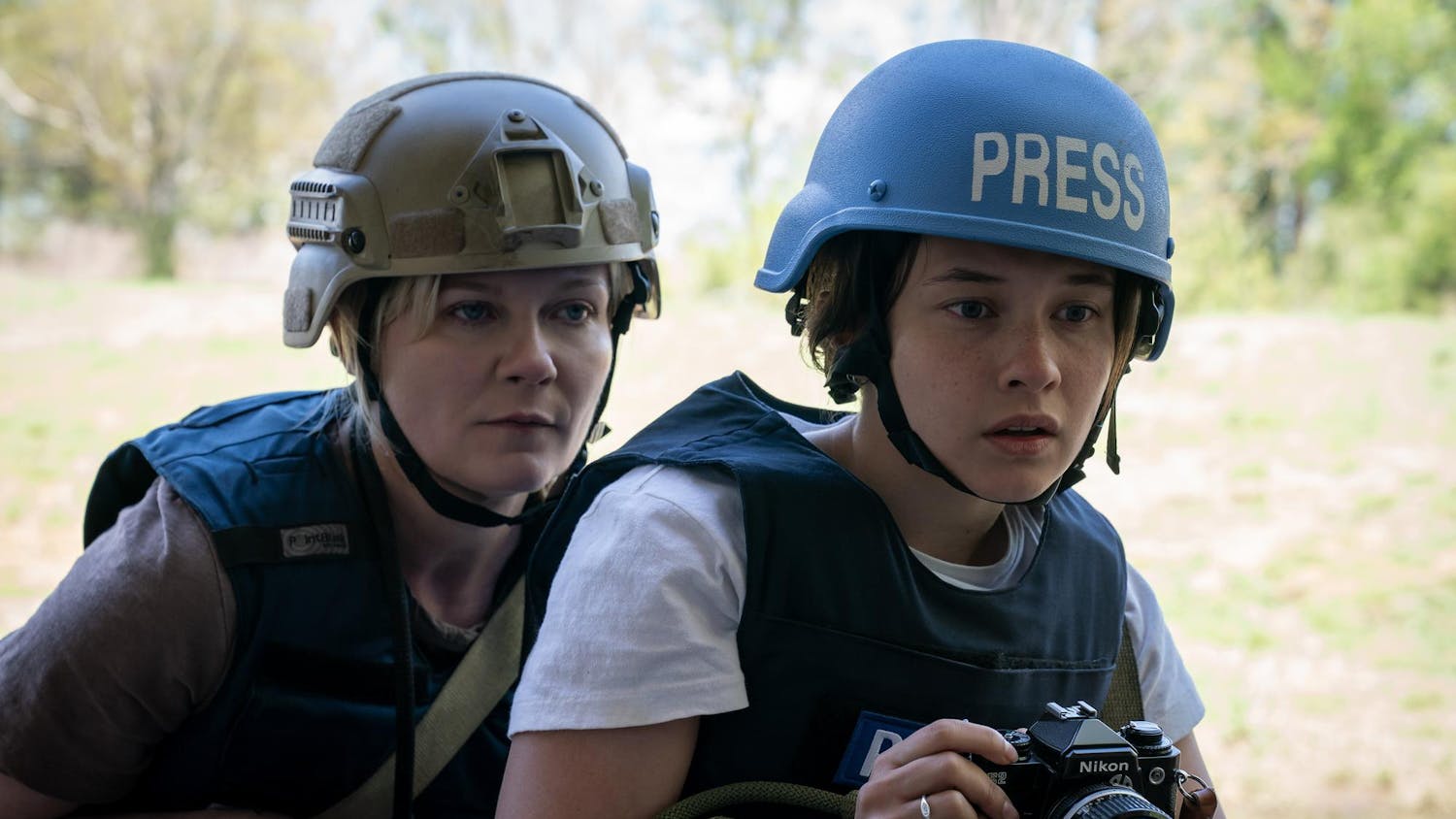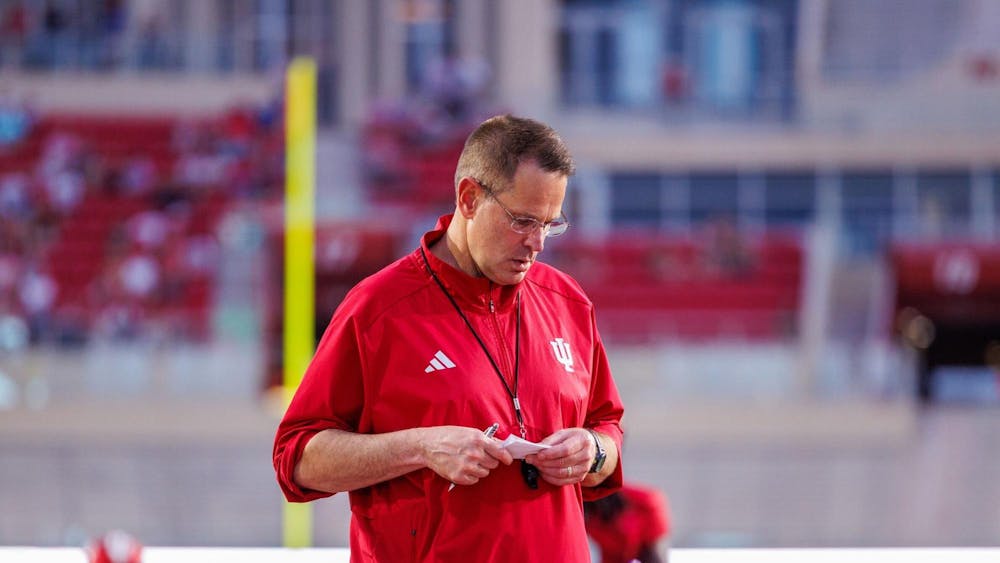Nearly all campus buildings are able to register to compete in the 2012 Fall Energy Challenge for the first time now that more buildings’ consumption of water and electricity are monitored.
Twenty-five spots are available for academic buildings. Director of Sustainability Bill Brown said this number was set as the maximum because it would be too difficult to look at readings from all of the buildings on campus.
“We may expand it further in the future,” he said. “IU has gotten pretty good at this.”
Energy Challenge Coordinator Carolyn Raider said it is also important for those overseeing the challenge to have someone from each participating building they can communicate with.
The challenge was part of the reason many buildings are now monitored, Raider said.
“This is a whole new ball game for us,” said Lee Walters, director of the Utilities Information Group.
Walters said the 25 academic buildings might have as many as 100 meters that need to be read and that Residential Programs and Services buildings have at least 40.
As another change this year, the challenge is returning to awarding prizes to winners in a combined water/electric category rather than keeping them separate.
Each building has a predetermined baseline level of water and electric usage. At the end of each week of the challenge, the usage is measured again.
The challenge began as a project by student David Roedl in 2008, which won him an international award. During the premiere spring challenge, only 10 residence halls competed, with Collins Center not included because the building was not monitored.
“We were so overwhelmed by the savings in 2008,” Walters said.
Brown said it was difficult to tell if students’ habits learned during the challenge were kept after it was over, so a fall challenge was implemented in 2010.
“We saw that, surprisingly, the behavior was consistent,” he said.
Walters said the challenge was planned as a one-time project, but since its inception, IU has saved $1.2 million. In 2000, IU spent $250,000 per month on water.
She said students and faculty can reduce their energy use by turning off lights when they leave a room, and Raider said it’s important to just be aware of one’s behaviors.
Walters said she hopes to keep an active role in helping the campus be more environmentally-friendly.
“As long as the interest remains, I’m more than happy to be a participant,” she said.
Energy Challenge expands building involvement
Get stories like this in your inbox
Subscribe





